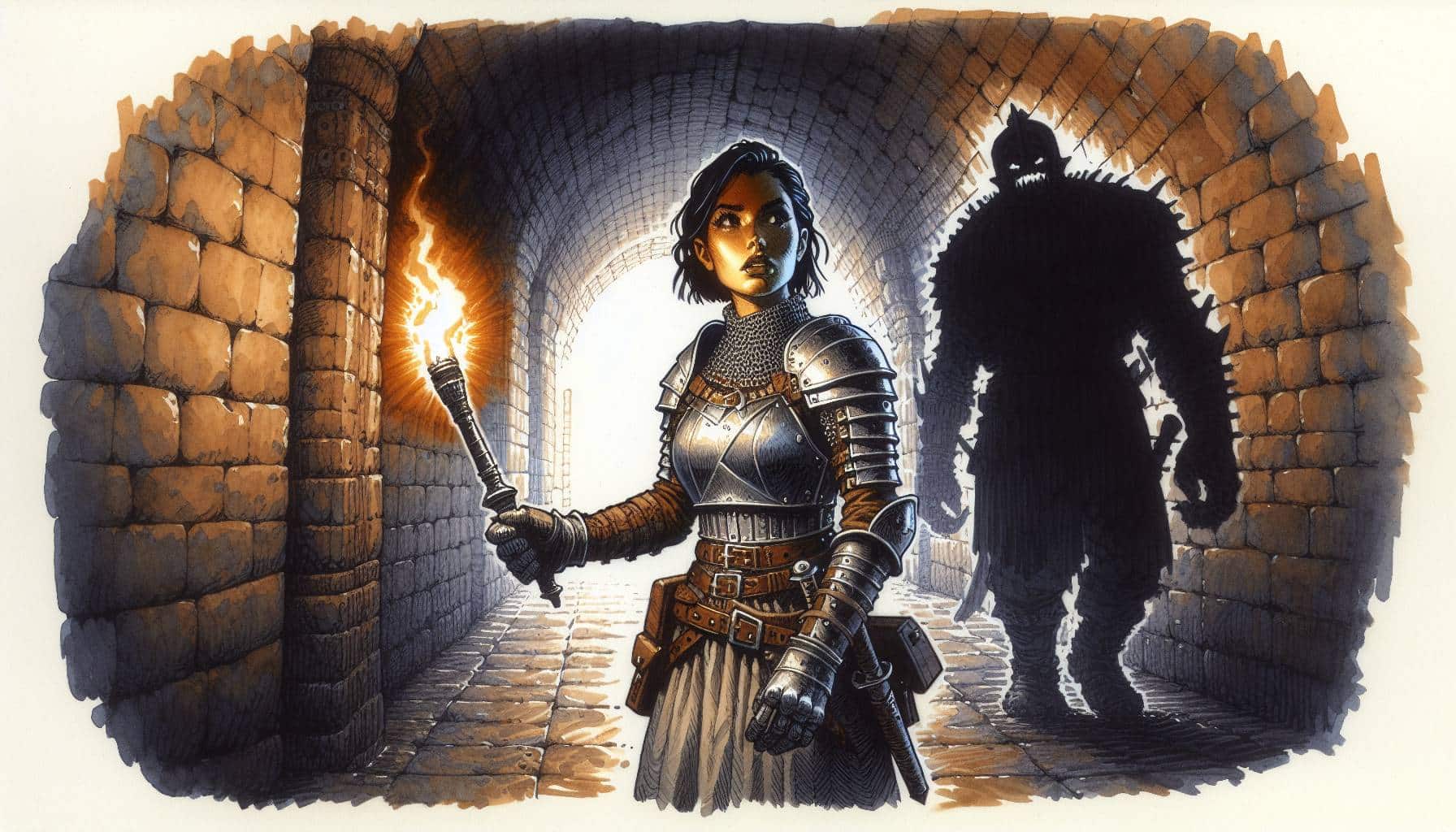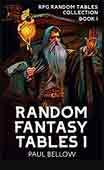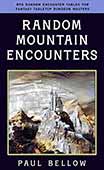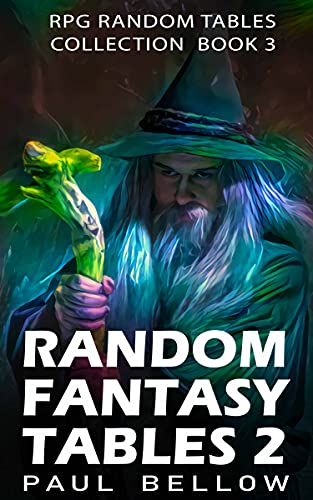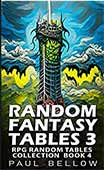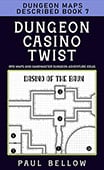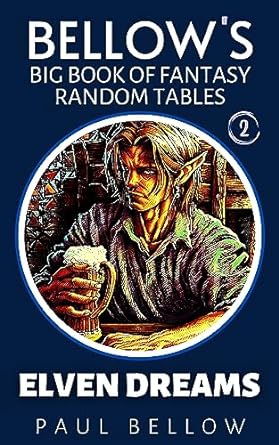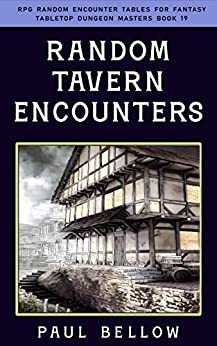The classic game of hide and seek in my Dungeons & Dragons sessions offers a refreshing shift from the typical focus on combat, much to the delight of many adventurers. While numerous players thrive in the exhilaration of battle, the elements of stealth and surprise present a delightful alternative. In this unique variation, hide and seek becomes a joyous celebration of creativity and cleverness, where the goal is to outsmart friends rather than engage in conflict with foes. Participants skillfully hide behind illusions or within shadows, showcasing their ingenuity in these whimsical encounters while deftly avoiding conventional confrontations.
This playful pastime often serves as a delightful counterbalance to the intensity of campaign battles, offering a light-hearted breather that encourages both players and Dungeon Masters to flex their imaginative muscles. From invisibility spells gone awry to the hilarity of a character trying to hide behind something far too small, these sessions are ripe with comical opportunities. The joy of dodging dice and outwitting friends lends itself to memorable moments that become the stuff of table legend.
Hiding and stealth offers a unique platform for character-driven storytelling. Personality quirks and backstories shine through as players concoct ingenious plans and elaborate ruses. The game fosters an environment where problem-solving is king and creativity reigns supreme, often leading to sidesplitting surprises that wouldn’t be possible in a standard combat scenario. This makes hide and seek not only a game of stealth but also a showcase of character depth and player ingenuity.
Emphasizing camaraderie and collaboration, hide and seek filled D&D sessions pivot from the usual adversarial dynamics inherent in battle. Whether a cunning rogue is leading a merry chase or a lumbering barbarian is attempting their best to tiptoe, these games promote group cohesion and shared laughter, enriching the overarching narrative with moments of levity and delight.
The Origins of Hide and Seek in D&D
The hide and seek mechanics in D&D trace their origins back to the earliest editions, where stealth checks served as the foundation for these whimsical games. Originally, players relied on basic ability checks to determine the success of their hiding endeavors. Over time, however, these rudimentary mechanics evolved, transforming into more narrative-driven escapades. The introduction of skills, feats, and character abilities in later editions of the game offered new layers of complexity, allowing for more intricate and entertaining games of hide and seek.
As the game developed, so did the opportunities for more elaborate and thematic hide and seek scenarios. Character abilities such as the ranger’s natural stealth and spells like “Pass without Trace” added depth to the stealth endeavor, paving the way for more dramatic and dynamic hide and seek sessions. The interplay between characters’ skills and the evolving ruleset enabled DMs to craft challenges that tested the players’ creativity and ingenuity, elevating the classic game to a new level of engagement.
Try my AI Tabletop RPG generators...and an extensive library of content!
The progression from simple rolls to intricate challenges showcases the role-playing game’s adaptive nature, constantly evolving to include new dimensions of gameplay. This evolution underscores the fusion of mechanics with storytelling, where the elements of chance and strategy come together to create memorable, laughter-filled experiences. Players and DMs alike relish these sessions as opportunities to step away from combat and indulge in the lighthearted side of adventuring.
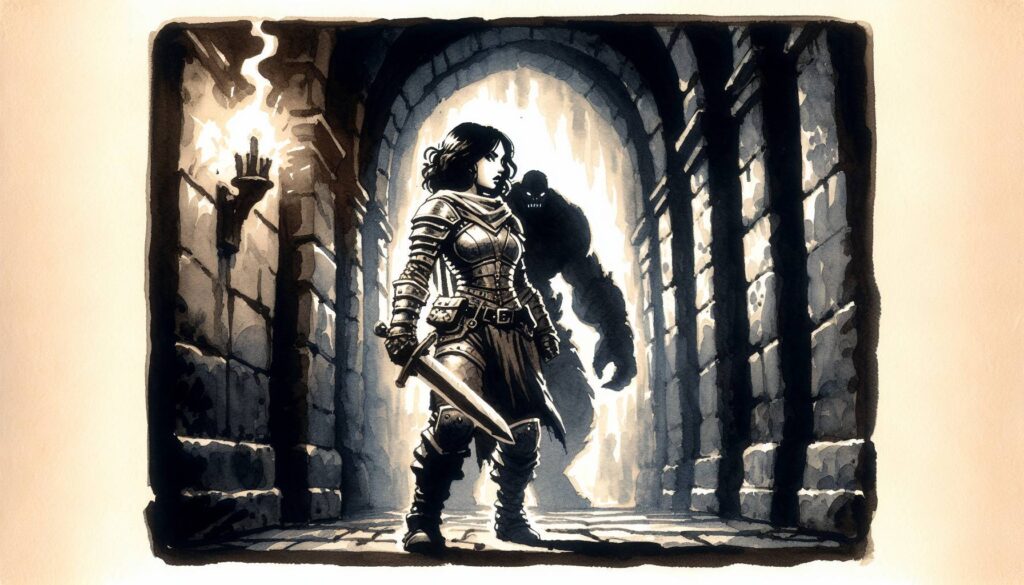
Crafting the Perfect Hide and Seek Challenge
At the heart of a successful hide and seek session lies the triumvirate of setting, rules, and objectives. A carefully chosen environment can drastically alter the dynamics of the game. Whether it’s an enchanted forest with shifting foliage or a shadowy gothic castle brimming with alcoves and hidden passages, the setting should inspire creativity and cunning. The natural features and magical elements of these locales can either aid or hinder players, adding an extra layer of strategic consideration to their plans.
Equally vital are clear, yet flexible rules. They serve as the framework for engagement but should allow for spur-of-the-moment creativity and improvisation. Objectives should be straightforward enough to encourage participation yet tantalizingly complex to maintain interest. A well-crafted hide and seek game balances these elements, keeping players engrossed and invested. This delicate balance encourages players to push boundaries and explore new strategies, ultimately deepening their connection with their characters and the campaign world.
By tailoring challenges to their group’s preferences, DMs can use hide and seek not just as a frivolous diversion but as a narrative tool to reveal character backstory or introduce new plot elements. Whether it’s uncovering a hidden cache or eavesdropping on a secretive conversation, these games can weave seamlessly into the broader story, offering depth and intrigue. The encouragement of imagination and teamwork ensures that all players find joy in the chase and the clever ways they dodge the seeking dice.
⚔️ Fantasy RPG Random Tables Books
Make life as a Gamemaster easier…
If you play Dungeons & Dragons, Pathfinder, or other fantasy RPGs, this
RPG random tables series
is packed with encounters, NPCs, treasure, and more. Available in eBook or print—either way, you’ll have a wealth of adventure ideas at your fingertips.
Designing Devious Hiding Spots
Designing inventive and unexpected hiding spots is an art that demands a balance between challenge and accessibility. The best hiding spots are those that reward player ingenuity while remaining within the realm of possibility. A cleverly concealed trapdoor or a shadowy nook in a library’s dusty corner can serve as an effective hideaway. However, these spots should always be accompanied by environmental descriptions that offer subtle clues to observant players, inviting them to think critically and spot the potential for concealment.
Creating these hiding spots requires a deft touch, as they should neither be too obvious nor impractically difficult to find. A balance must be struck to keep players engaged and satisfied, allowing them to experience the thrill of discovery. The key is to foster a sense of achievement, whether players are utilizing their surroundings creatively or employing clever illusions to mislead their seekers. A successful hiding spot is one that challenges players without frustrating them, encouraging them to think outside the box.
To inspire DMs in crafting their own hide and seek mini-games, here are some ideas for unique hiding spots across various settings:
- In a library, behind a moving bookshelf
- Concealed within an illusory wall in a dungeon
- High above in the branches of a tall forest tree
- Beneath a trapdoor in a wizard’s study
- Inside an oversized urn in a temple
- Within the folds of an enchanted tapestry
- Behind a waterfall in a cave
- Disguised as a statue in a garden
- Hidden within a pile of hay in a barn
- Camouflaged in the underbrush of a dense jungle
- Inside a sarcophagus in an ancient crypt
- Underneath a fisherman’s boat by a dock
Encouraging player creativity and rewarding clever uses of skills and spells are paramount. When players feel that their imaginative efforts are recognized, it fosters an environment of playful experimentation and joy. Celebrating their cleverness not only enhances the gaming experience but strengthens the camaraderie and connection between players and DM.
Incorporating Magical Hijinks
Magic can add an extra layer of fun and complexity to hide and seek games in D&D, transforming ordinary sessions into extraordinary adventures. Spells, magical items, and abilities can both enhance and disrupt the game, offering new strategies for hiders and seekers alike. The use of magic introduces an element of unpredictability, as players might cast spells like “Invisibility” or “Mirror Image” to confound their pursuers. These magical hijinks require players to think on their feet, adapting to the ever-changing dynamics of the game.
Magical items can serve as wild cards in a hide and seek session, providing unique advantages or creating unexpected obstacles. An item like the “Cloak of Shadows” could allow a character to vanish into darkness, while a “Wand of Secrets” might reveal hidden doors and passageways. Abilities such as a druid’s “Wild Shape” can provide innovative ways to hide, transforming players into inconspicuous animals that blend seamlessly into their surroundings. These magical elements elevate the game, offering players of all classes the opportunity to shine.
| Spell/Ability/Item | Description | Creative Use |
|---|---|---|
| Invisibility | Turns a creature invisible | Sneak past seekers |
| Mirror Image | Creates illusory duplicates | Confuse and mislead seekers |
| Pass without Trace | Grants stealth bonus and obscures tracks | Escape unnoticed |
| Cloak of Shadows | Provides concealment in darkness | Disappear into the night |
| Wand of Secrets | Detects hidden doors | Uncover secret passages |
| Wild Shape | Druid turns into an animal | Hide in plain sight |
| Gaseous Form | Turn into a cloud | Slip through cracks |
| Minor Illusion | Create sound or image | Distract seekers |
| Rope Trick | Create an extradimensional space | Hide in a pocket dimension |
| Dust of Disappearance | Temporary invisibility for multiple creatures | Invisible group escape |
Encouraging DMs to embrace magical chaos and experiment with homebrew rules for magical interactions can keep hide and seek games fresh and exciting. Unique spells or items designed specifically for these sessions can add depth and intrigue, giving players new toys to play with. By stepping outside the conventional boundaries of magic, DMs can create truly memorable experiences that keep players eagerly coming back for more.

Strategies for Seekers
For those playing the seeker role in a hide and seek game, devising effective strategies is key to uncovering cleverly hidden players. The importance of perception cannot be overstated, as seekers must be attentive to subtle clues and hints left behind by hiders. Teamwork plays a crucial role, with parties coordinating their efforts to search large areas efficiently and sharing discoveries that might lead to a successful find. Clever use of spells and skills can also tip the scales in favor of the seekers, allowing them to uncover hidden secrets.
Effective seekers employ strategies such as methodically exploring areas, using spells like “Detect Magic” or “Locate Object” to hone in on potential hiding spots. Skills like “Perception” and “Investigation” become invaluable tools, enabling players to spot out-of-place details or discover hidden mechanisms. A cunning seeker anticipates the actions of hiders, predicting their movements and setting traps or ambushes to flush them out into the open.
- Thoroughly search and map potential hiding areas
- Use “Detect Magic” to spot enchantments or illusions
- Coordinate with teammates for a divided search approach
- Employ “Locate Object” to find hidden items or clues
- Set up ambushes along likely escape routes
- Listen for unusual sounds or movements
- Use “Speak with Animals” for local creature insights
- Rely on “True Seeing” to pierce through illusions
- Track footprints or disturbances in the environment
- Leverage “Augury” to divine hider intentions
- Use scent, such as “Sniff” from a ranger’s companion
- Set traps or alarms in suspect areas
- Utilize “See Invisibility” when all else fails
The thrill of the chase and the joy of discovery ensure that even seekers can enjoy playful misdirection and surprise. The game becomes a dynamic interplay between hider and seeker, a dance of strategy and cunning that delights all participants, regardless of their role.
Hide and Seek Across Genres
Hide and seek games in D&D can be wonderfully adapted to fit into various genres, each offering a unique spin on the classic game. In a fantasy setting, the atmosphere is often playful and whimsical, with magic and mythical creatures playing a central role. Contrastingly, horror-themed hide and seek can transform into a tense and thrilling experience, where players must evade a deadly presence or uncover the secrets of a haunted locale. In a sci-fi or steampunk setting, the game might involve futuristic gadgets and mechanical marvels, adding a layer of technological intrigue.
The choice of genre significantly affects the tone, objectives, and level of seriousness involved in the game. A light-hearted fantasy hide and seek might see players hiding from mischievous fae, while a horror game could involve avoiding detection by a relentless ghost. Objectives can range from simple survival to complex problem-solving or escape missions, and the stakes can be tailored to the desired intensity and excitement level.
⚔️ Fantasy RPG Random Tables Books
Make life as a Gamemaster easier…
If you play Dungeons & Dragons, Pathfinder, or other fantasy RPGs, this
RPG random tables series
is packed with encounters, NPCs, treasure, and more. Available in eBook or print—either way, you’ll have a wealth of adventure ideas at your fingertips.
| Genre | Thematic Objectives | Potential Obstacles |
|---|---|---|
| Fantasy | Evade fae, collect magical artifacts | Enchanted traps, magical creatures |
| Horror | Survive haunting, reveal dark secrets | Ghosts, cursed environments |
| Sci-Fi | Avoid detection, retrieve tech | Security systems, hostile robots |
| Steampunk | Escape mechanical pursuers | Clockwork barriers, steam vents |
| Mystery | Uncover clues, solve puzzles | Locked rooms, intricate secrets |
| Detective | Gather evidence, identify culprits | Hidden passages, misleading clues |
| Western | Elude bandits, recover stolen goods | Desert landscape, cunning rivals |
| Medieval | Outmaneuver guards, rescue captives | Moats, watchtowers, patrols |
| Pirate | Navigate the ship, uncover treasure | Dangerous crew, labyrinthine hold |
| Post-Apocalyptic | Secure resources, evade mutants | Ruined cities, radioactive zones |
DMs are encouraged to surprise players with genre elements and add depth to the hide and seek dynamics. By incorporating thematic obstacles and hiding spots, DMs can craft immersive experiences that capture the essence of the chosen genre. This adaptability ensures that hide and seek games remain versatile and engaging, resonating with players and enhancing the narrative by offering fresh perspectives and challenges.

Engaging the Whole Party
Ensuring all players are involved and invested in a hide and seek session requires thoughtful planning and creativity. Rotating roles between hiders, seekers, and even spectators can keep excitement levels high and prevent any player from feeling left out. Creative challenges that require teamwork, like coordinating distractions or solving puzzles, engage everyone and promote group cohesion.
Role rotation can add a dynamic layer to gameplay, allowing players to experience the thrill of both hiding and seeking. Creative challenges can be designed to involve multiple players, such as solving riddles or disabling traps as a team. By providing opportunities for active participation, DMs can ensure that each player’s unique skills and abilities are utilized, fostering a sense of camaraderie and collective achievement.
- Assign special powers or roles to players, like decoy or lookout
- Rotate between being a hider, seeker, and planner
- Design team challenges requiring cooperation
- Create puzzles that only reveal clues when solved together
- Implement timed challenges to maintain urgency
- Host contests for the best hiding spot design
- Involve spectators by letting them offer hints or distract seekers
- Use props or visual aids for player engagement
- Tell stories or provide commentary to keep everyone entertained
- Allow captured hiders to switch sides and aid seekers
- Use music or sound effects to enhance immersion
- Incorporate character backstories into hiding spots or clues
- Reward participation with small in-game benefits
- Encourage friendly competition with in-game rewards
Balancing spotlight time and ensuring everyone has a role to play creates an inclusive atmosphere where all players feel valued and engaged. By fostering a collaborative and fun environment, DMs can transform a simple game of hide and seek into a memorable adventure that resonates with all members of the party.
Hide and Seek in Diverse Settings
Adapting hide and seek scenarios to fit unique settings within D&D adds a layer of intrigue and challenge to the game. Mountainous terrains present players with natural hiding spots like caves and crevices, while bustling cities offer alleyways and bustling marketplaces as potential cover. Underwater realms demand creative thinking, with players seeking refuge among coral reefs or inside shipwrecks.
The environment plays a crucial role in altering hiding strategies and challenges. Players must consider the specific attributes of their surroundings, whether it’s the echoing acoustics of a cavern or the shifting sands of a desert. These environmental factors can either aid or hinder their efforts, requiring them to adapt and rethink their tactics. By incorporating the unique features of these settings, DMs can craft engaging and immersive hide and seek games that challenge players in new and exciting ways.
| Setting | Challenges | Suggested Hiding Spots |
|---|---|---|
| Mountainous | Rocky terrain, limited visibility | Caves, behind boulders |
| City | Crowds, constant activity | Alleyways, rooftops |
| Desert | Open spaces, sandstorms | Dunes, beneath camels’ shadows |
| Underwater | Breathing, murky waters | Coral reefs, shipwrecks |
| Enchanted Forest | Moving trees, hidden fae | Hollow logs, tree canopies |
| Gothic Castle | Guards, narrow corridors | Suits of armor, under tapestries |
| Arctic | Blinding snow, freezing temps | Ice caves, snowdrifts |
| Jungle | Dense foliage, dangerous creatures | Dense underbrush, tree hollows |
| Volcanic | Lava, heat | Cooled lava tubes, rock formations |
| Swamp | Mud, hidden dangers | Underwater, behind willows |
The narrative enrichment offered by setting-specific hide and seek games can reinforce campaign themes and immerse players in their unique environments. By leveraging these settings, DMs can create rich, atmospheric experiences that captivate their players’ imaginations and deepen their connection to the game world.
Try my AI Tabletop RPG generators...and an extensive library of content!

Final Thoughts on Hide and Seek Shenanigans in D&D
In wrapping up this guide to hide and seek shenanigans in D&D, it’s essential to embrace the playful spirit and limitless potential these games offer. Dungeon Masters are encouraged to experiment with different styles and always be ready for the unexpected moves players will make. Emphasizing fun and laughter as players dodge dice and delve into delightful antics ensures a memorable and enjoyable experience.
Hide and seek games provide DMs with unique opportunities to engage with their players, showcasing the lighter side of adventuring while fostering creativity and camaraderie. By tailoring challenges to suit their group’s preferences and incorporating elements of character backstory and plot development, DMs can craft sessions that deepen the narrative and enrich the overall campaign.
As players engage in these whimsical pursuits, they discover new aspects of their characters and forge tighter bonds with their fellow adventurers. The experiences gained during these games often spill over into other aspects of the campaign, influencing character development and enhancing group dynamics.
Ultimately, embracing the unpredictable nature of hide and seek in D&D allows players and DMs to immerse themselves in a world of imagination and delight. With every clever hiding spot and imaginative pursuit, the game becomes a tapestry of laughter, storytelling, and shared joy. So, gather your dice, muster your wit, and prepare to embark on the enchanting escapades found within D&D’s hide and seek shenanigans.

